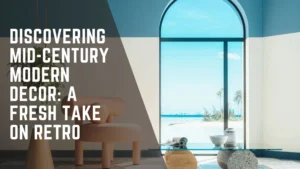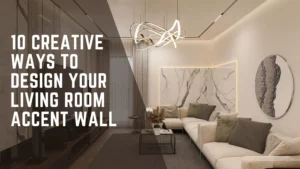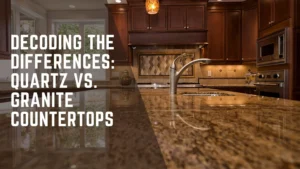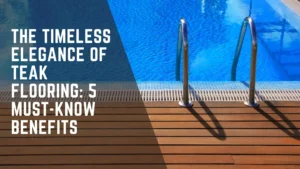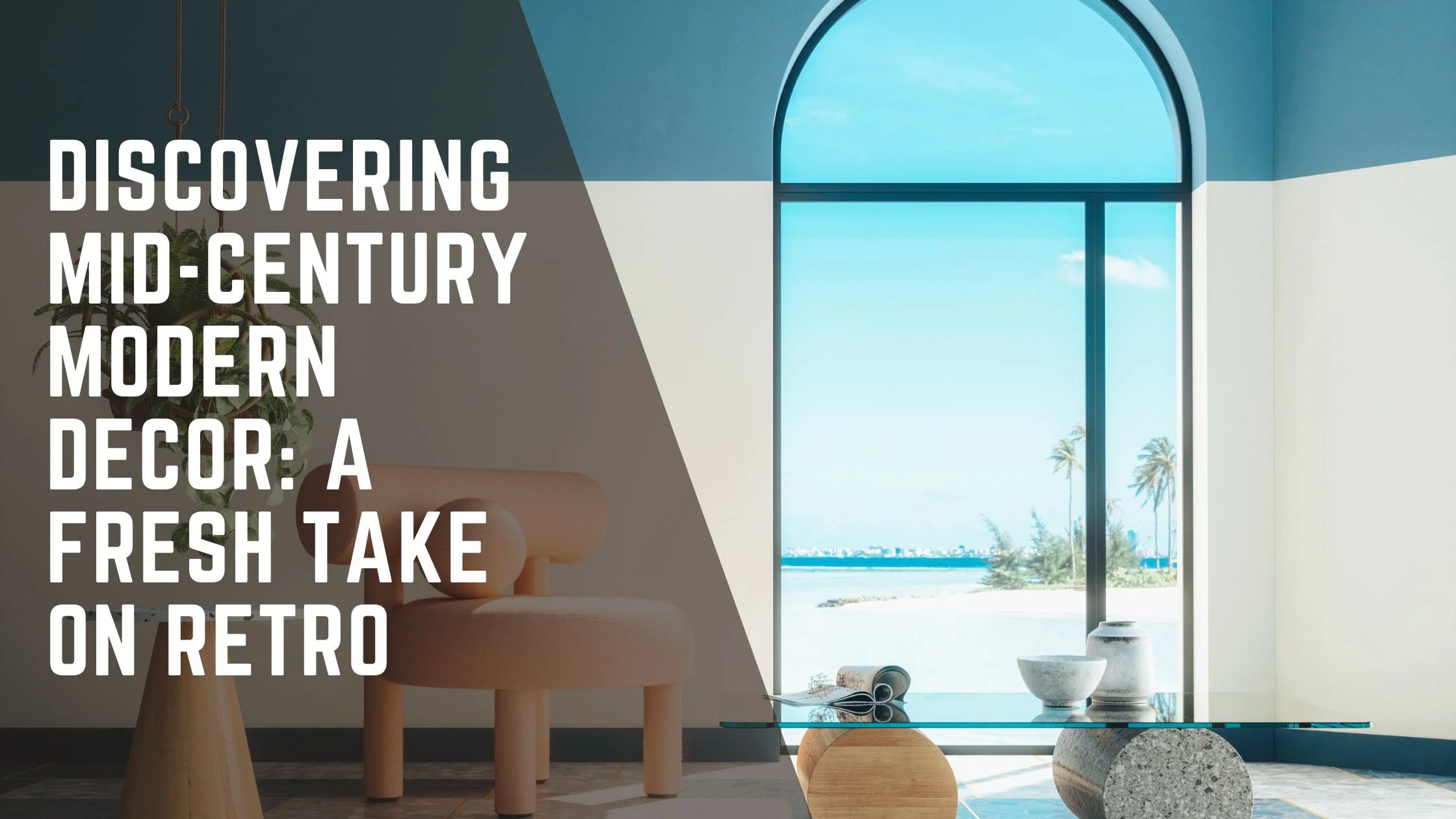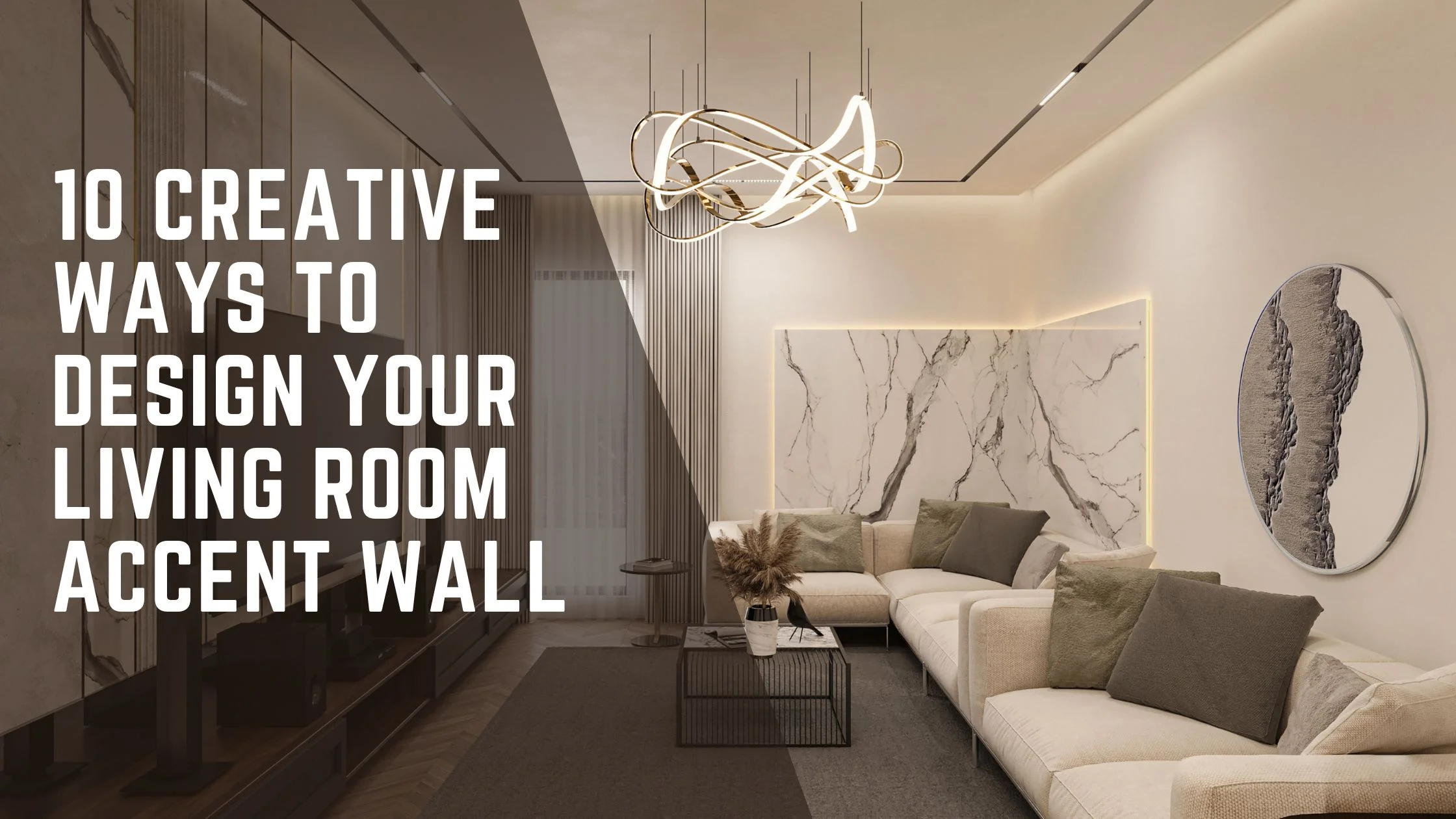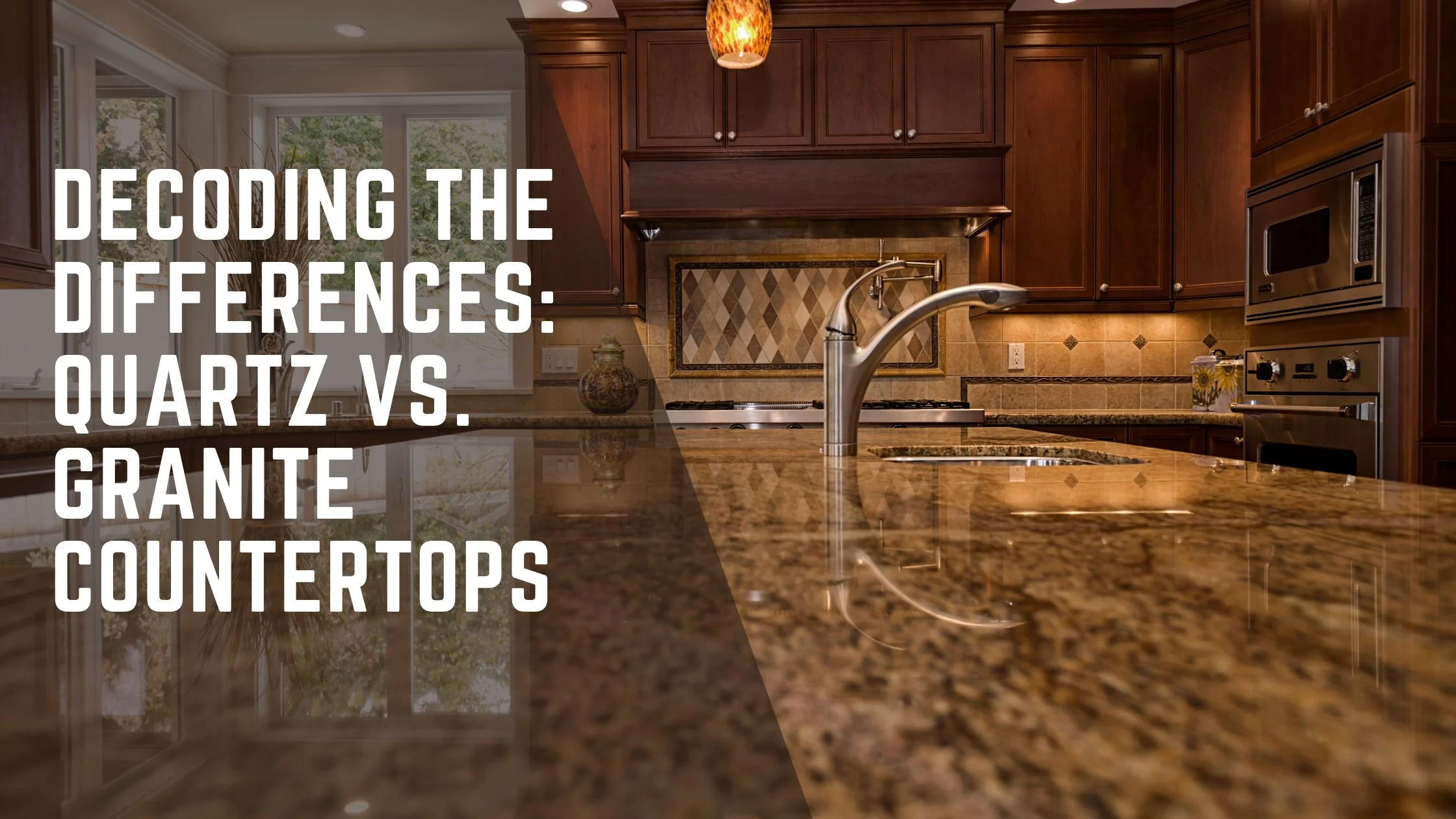What kind of home design style do you prefer? It’s one of the first questions we ask clients to help guide the project’s path. And now we’re going to ask you! But don’t worry; even if you’re not sure where your tastes lie, we’re here to help you learn more about the most popular interior design trends and help point you to your favorite.
There are several trendy interior design styles, ranging from modern to traditional. While we have highlighted 15 of the most popular home interior design types, this is not intended to be an all-inclusive list. Types change and evolve all the time, and many, if not most, people might be a mix of various styles. So you may consider this blog as a crash course in home décor styles, as we present the key elements of each design and assist you in determining your perfect match.
Let’s get started!
What Exactly is Interior Design?
Interior design is defined as “the art or process of designing the interior decoration of a room or building.” A process may involve a set of rules or strict restrictions, but the idea of “art” is considerably more fluid and subjective. As a result, without a consistent frame of reference, design styles can be perplexing. If a client cannot precisely describe their idea for designing a residential or business space, an interior designer would help them envision and determine the style they’re looking for.
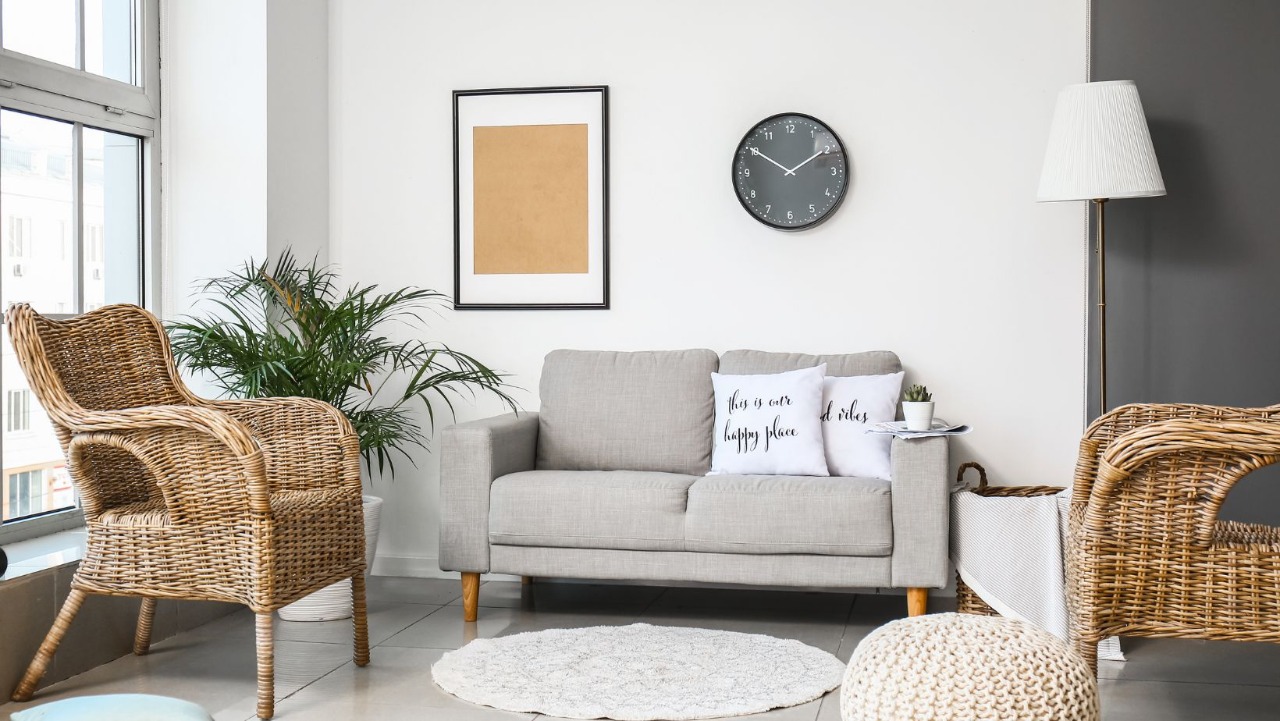
Popular Interior Design Styles
There are numerous styles in interior design, and the list is always expanding. Some are fads, while others are timeless gems that have stood the test of time. Each style is distinguished by unique furniture, décor, lighting, and accessories that give it its individual appeal. Knowing some of the most popular styles can help you discover which types stand out to you and fit your aesthetics. Take note of which inspiration pictures and design characteristics pique your interest.
1. Minimalist
Minimalist interior design is a totally modern interior design style. People sometimes associate minimalism with a stark coldness and unpleasant severity – which is far from the truth. In reality, there’s a softer approach to minimal home design (warm minimalism) that’s full of no-fuss, clean beauty.
Consider simplicity, elegance, and a subtle touch with luxurious comfort and practicality. The idea here is to keep rooms simple and well organized with printless fabrics.
Think of a modern art gallery or museum as a reference for minimal interior design style trends, with its put-together approach to furnishing a space with the barest of elements, yet the finest of designs.
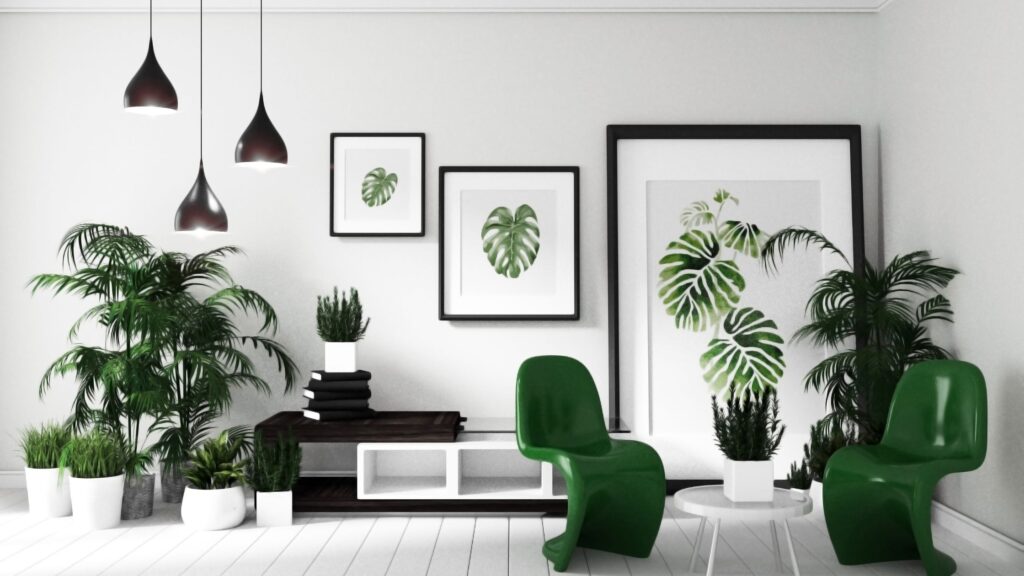
2. Transitional
What makes transitional interior design so unique are the mixtures of tried-and-true designs with classic furniture and contemporary pieces that prevent a space from being overly dominated by one particular style. This is especially useful if you’re attempting to mix interior design styles, such as after getting married or moving into a larger home.
The transitional interior design achieves harmony in an unexpected blend while providing a house with warmth and a calm atmosphere.
3. Rustic
Rustic décor draws inspiration from nature while combining farmhouse and industrial interior design trends, with an emphasis on natural and worn finishes, rustic wood, stone, and leather.
Consider handcrafted soft sherpa sofas, industrial-inspired wire chandeliers, and unique leather seats.
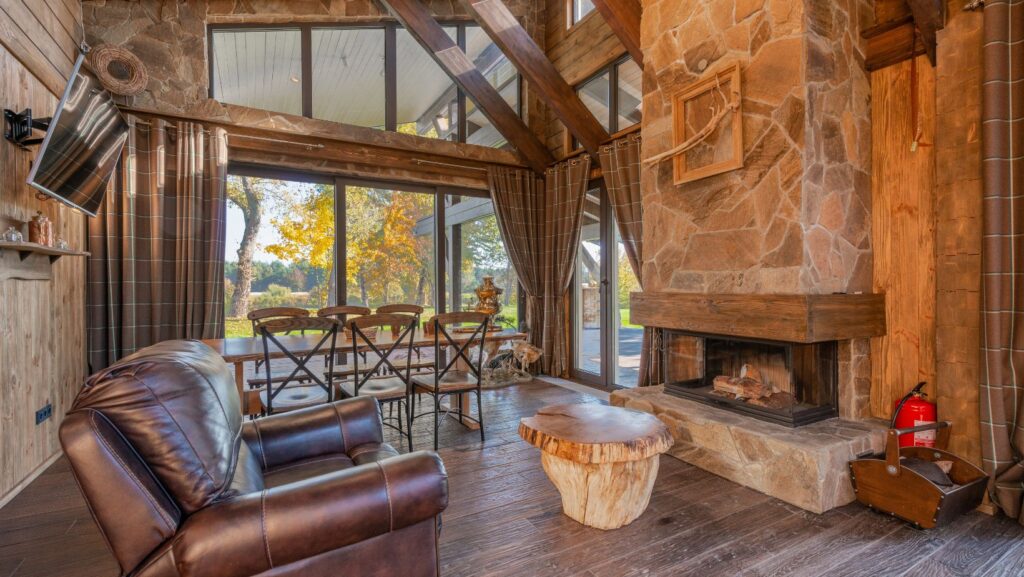
4. Shabby chic
After reaching tremendous popularity in the mid-80s and 90s as one of the top go-to interior design trends for evoking laid-back California cool, shabby chic eventually received a lot of controversy for being mislabeled as granny décor – which is entirely wrong.
For starters, shabby chic has its origins in antique and old French style and furniture, but with a distinctively comfy twist, and most importantly, it has a timeless lived-in vintage-inspired charm. Shabby chic is a soft and slightly feminine interior design style that combines classic features with hazy rural influences.
Consider a white overstuffed sofa, rustic painted wood, and elegant gilt accents such as a gold French mirror.
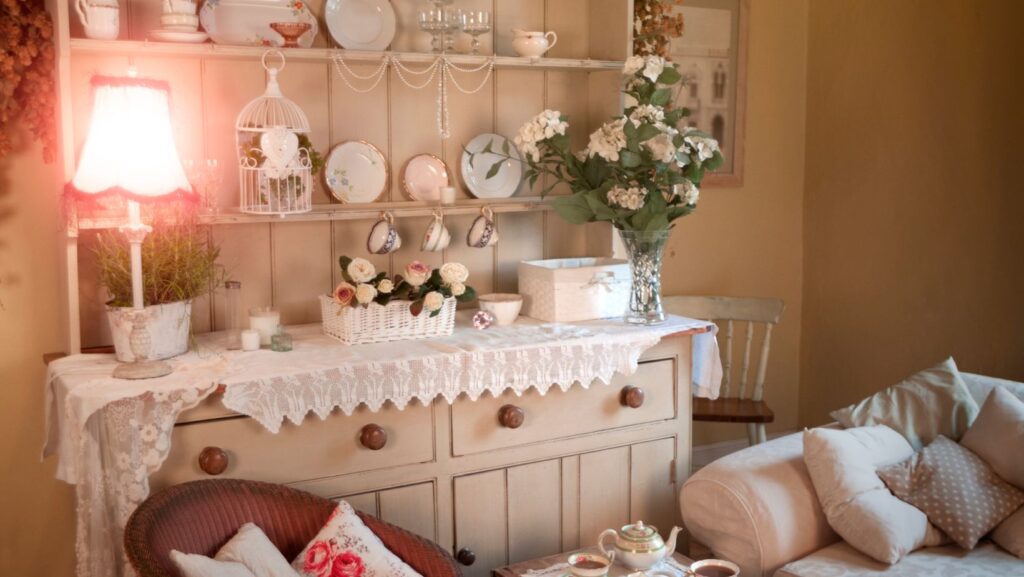
5. Scandinavian
Scandinavian interiors are becoming increasingly popular because they emphasize a clean and tranquil simplicity that has global appeal. Scandinavian décor is fully practical and minimal to a degree, highlighting natural materials with a delicate appeal, tonal texture plays, and a calm allure in all-white interiors with gray undertones. Color is introduced by art and a single material, such as a small throw or rug.
Scandinavian interior design is one of the simplest contemporary interior design styles to grasp since it is all about a well-balanced and carefully selected blend of elements.
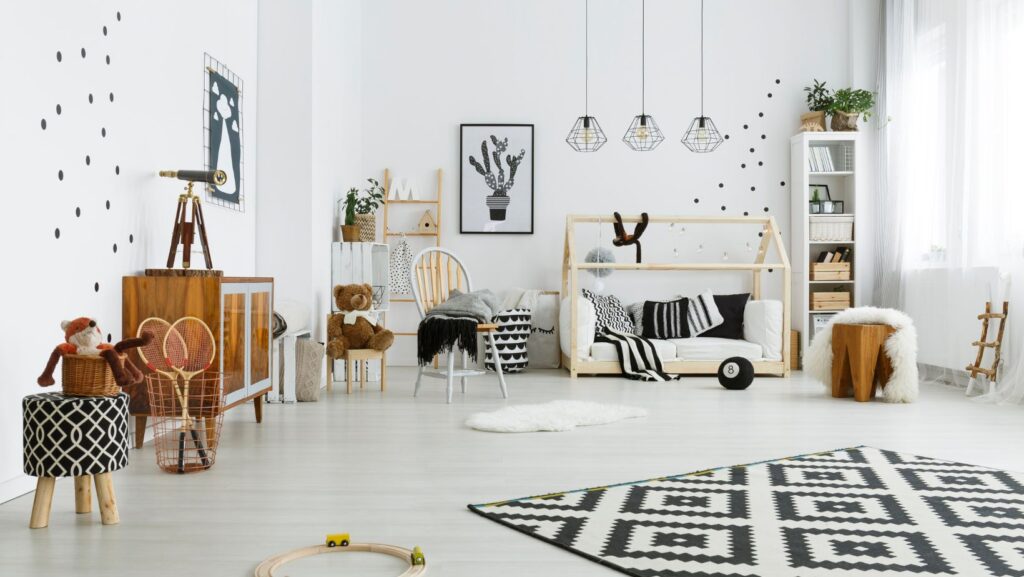
6. Bohemian
Bohemian style is one of the most enduring and eternally popular interior design trends, representing carefree independence that is undeniably heady and exhilarating. Boho design includes crystal embellishments, beaded fabrications, jewel tones, and an overall calm atmosphere, as well as a nice mix between exotic treasures and antique furniture obtained from thrift shops and excursions.
If you already have a diverse collection of various furniture and appreciate the notion of beautifully displayed juxtapositions, this may be the ideal interior design type to consider for your home.

7. Eclectic
Eclectic interior design is all about high-energy, spellbinding items and furniture, similar to boho décor but with a more mature appeal. Consider using vivid color palettes, textures, and patterns to create a rich blend between functionality and focal points in mind.
Not to be confused with an anything-goes attitude, eclectic style is all about consistency, go-to colors, and, most importantly, the flexibility to experiment with new possibilities with carefully-selected nuances.
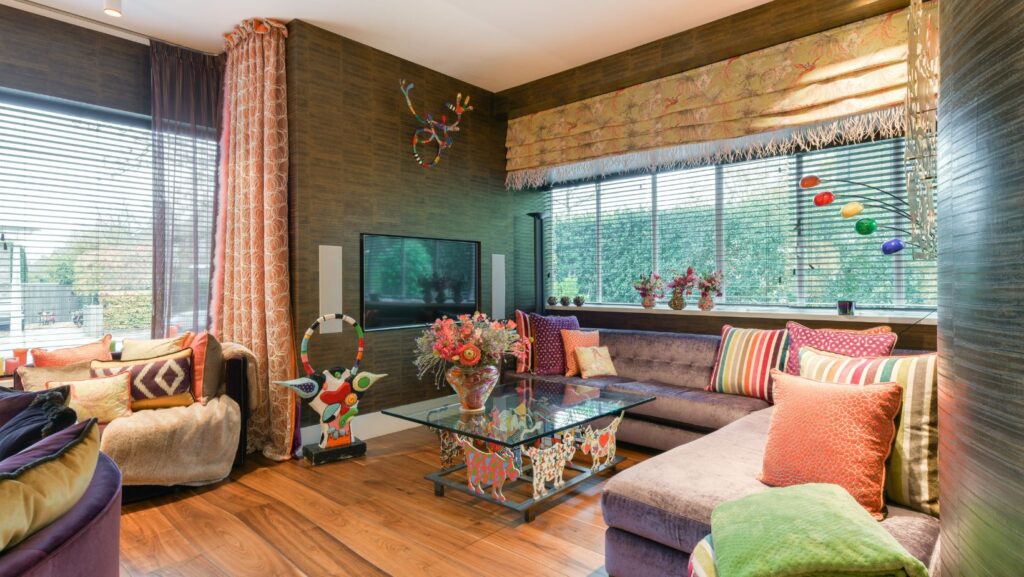
8. African
Natural forms, textures, and finishes are used in African interior design, which is influenced by nature. In its simple handcrafted furniture, this exotic design welcomes the flaws of hardwoods, reeds, and stone. Rich warm hues like burgundy, burnt orange, and deep brown earth tones are frequently used in the palette, with textured soft beige, cream, or white painted walls.
Sandstone, terracotta, or stained concrete floors are common with sisal or jute carpets. African furniture is composed of ebony, mahogany, cedar woods, or rattan, and is upholstered in patterned ikat fabric, Kuba linen, or leather. Chair seats and backs can be created from braided grasses as well.
Signature pieces for seating in this aesthetic are Triplolina Chairs (also known as butterfly chairs) with beautiful mudcloth slings. Handwoven baskets, bolga fans, carved wooden bowls, ceremonial masks, stone objects, and soft-shaped poufs are among the accents as well.
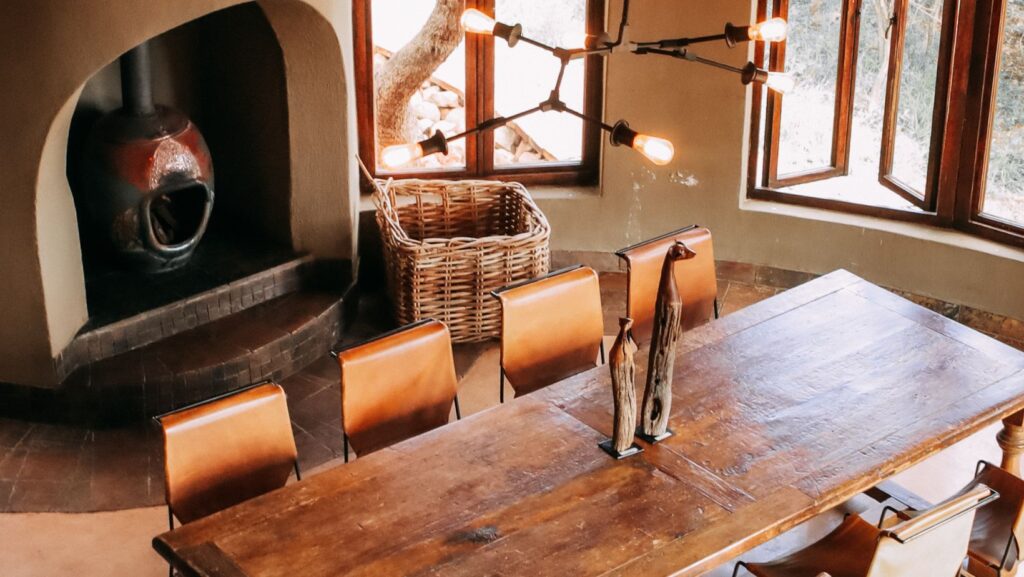
9. Abstract
Abstract interior design, like expressionist abstract art, focuses on unusual architectural characteristics such as asymmetrical furniture. Abstract design is comparable to modern or contemporary design since it uses clean lines, but it also adds chaotic elements to provide a fresh and unique perspective.
This kind of home decor is best suited for bright hues like yellows, blues, and oranges. To make a strong statement, black is employed as a contrasting element. Tables, chairs, and sofas have clean lines, yet they are asymmetrical, much like the rest of the abstract design. Lighting is also characterized by clean lines and a modern appearance.
A geometric diamond-shaped chandelier that throws abstract illumination across the space would be a fantastic addition.
10. American colonial
This early American style blends aspects of conventional and rustic house design, as well as historically inspired components. The aesthetic is influenced by designs and movements from the 1600s through the 1800s, and it frequently features subdued dull hues and old finishes such as oil-rubbed bronze. Toile designs are featured on fabrics and wallpaper, which were popular throughout the colonial era.
Each table and chair is handcrafted, with delicate carvings and design features such as flourishes imprinted. Maple, elm, hickory, and cherry are common woods used to make furniture. Brass knobs and handles provide a sense of refinement to cabinets, drawers, and armoires. Handcrafted brass and copper lanterns, chandeliers, and wall sconces give American Colonial interiors an old world flavor.
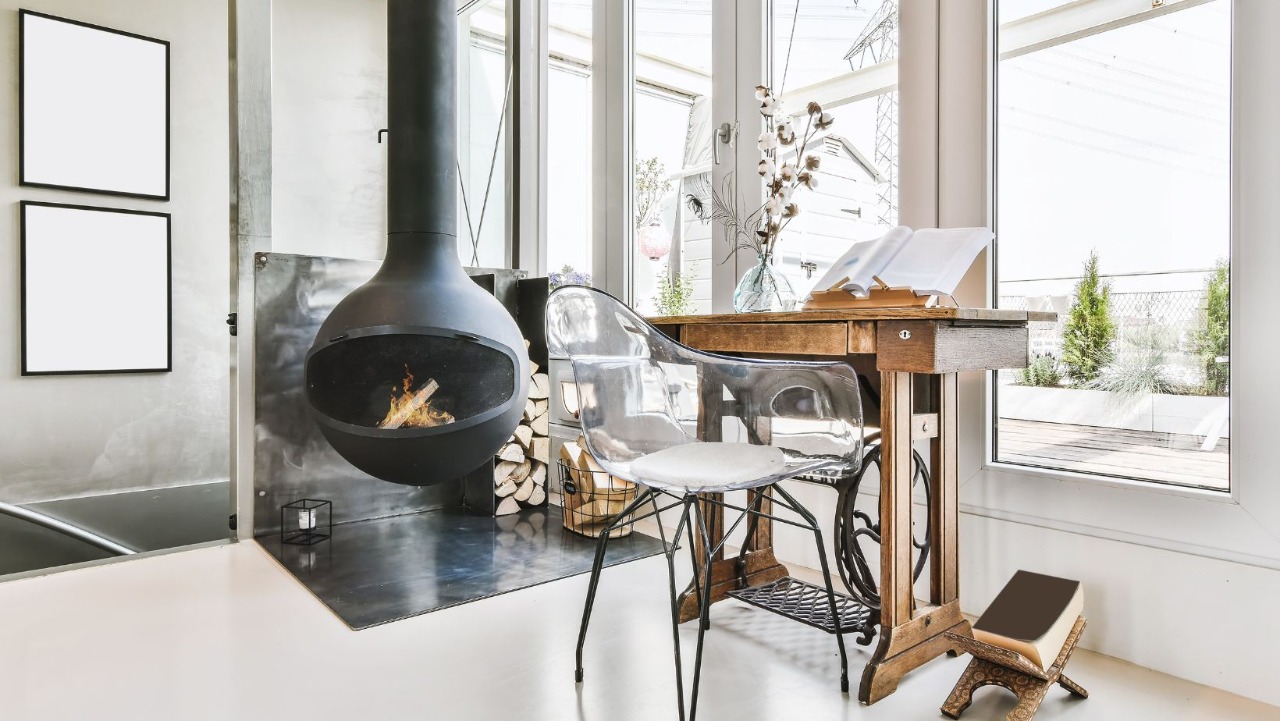
11. Artisan
Artisan home design incorporates warm hues, various textures, and rustic finishes. Materials and finishes are all of excellent quality and appreciated for their craftsmanship and attention to detail.
An artisan house includes rich wood cabinetry, oil-rubbed bronze faucets, and hammered surfaces. Floral and colorfully abstract designs are featured on rugs and textiles, similar to what you could see in a traditional style home.
Furniture is distinguished by exquisite craftsmanship that represents the maker’s identity or heritage. The same is true for light fixtures, which are all one-of-a-kind.
Handcrafted pendant chandeliers to a table light with a blown glass vase can be seen in artisan houses. Because the entire process is done by hand, each piece of furniture or lighting is nearly one-of-a-kind.
12. Arabian
By blending rich materials, vivid hues like turquoise, and complex patterns, Arabian house design conveys wealth and elegance. In sitting rooms or bedrooms, combining different textures and materials, such as metal light fixtures, velvet sofas, wood tables, and glass décor, creates a pleasant appearance.
Mosaic patterns are widely used to produce a beautiful impression in area rugs, drapes, and wallpaper. Arabian interiors are built on neutrals, with extravagant hues like gold, silver, turquoise, pink, and bronze adding flair and playfulness.
Hang metallic pendants to throw a stunning pattern onto the walls to set the atmosphere. Chairs and couches are upholstered in opulent fabrics such as silk and velvet. Tables and cabinets made of wood are meticulously crafted to give them a majestic look.
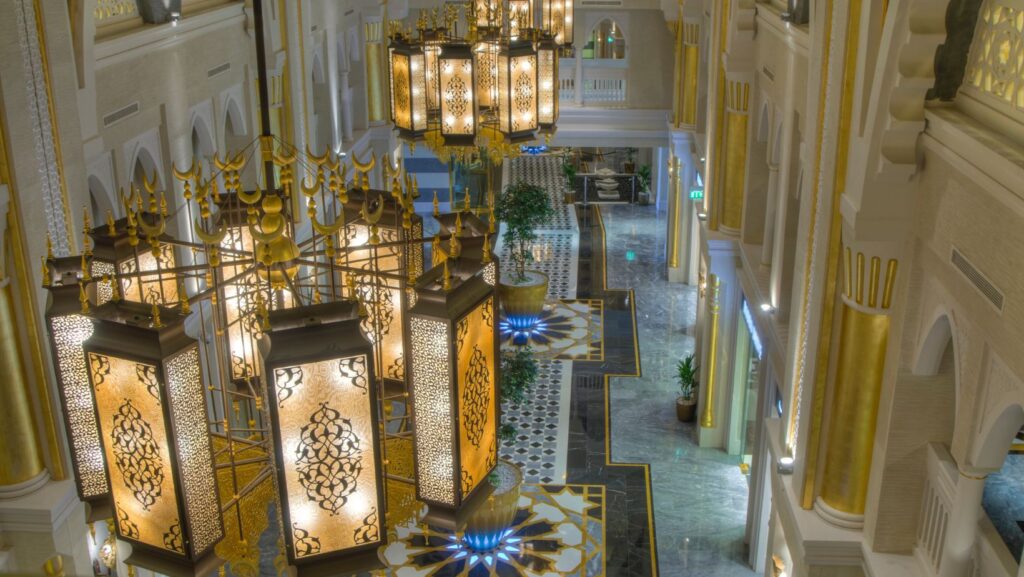
13. Industrial
Industrial rooms exude a cool, contemporary atmosphere. The look combines new and reused pieces to create a distinct blend between modern and old. Clean open spaces characterize industrial design, and every area, from the kitchen to the basement, has high, wide loft-like ceilings.
Color palettes are kept cold and understated, with grays, blacks, and whites enhanced with splashes of blues or greens. Metal is the most common material utilized in industrial design. It has a rustic appeal and may be used on everything from light fixtures and worktops to stairwells and faucets.

14. Modern
Modern houses and minimalist interiors share many similarities. They both emphasize simplicity, cleanliness, and the lack of any décor or ornamentation. Furniture has smooth, clean lines inspired by 1930s architecture.
Color palettes are usually composed of neutral colors like whites, creams, and beiges. However, unlike minimalist designs, these homes have bright hues such as oranges, pinks, and turquoise on tableware, curtains, and carpets. Modern designs have simplified all technology, so living rooms have built-in DVD players and kitchens have compact flat-screen televisions. Plastic and plywood are widely used in contemporary furniture.
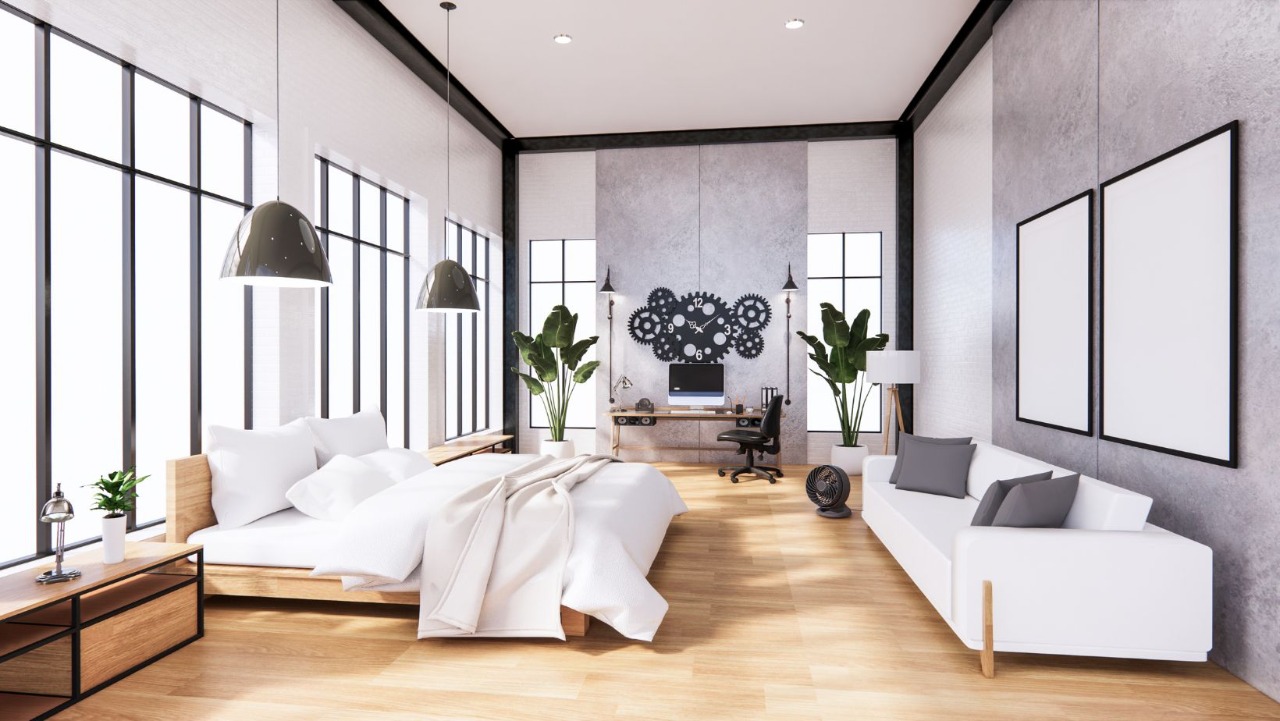
15. Art Deco
Art Deco is a popular early twentieth-century interior design style of French origin that dominated the decorative arts from the 1910s through the 1930s.
Sunburst and graded step motifs are key Art Deco markers, as are a preoccupation with African, Russian, and, most crucially, Egyptian civilizations, and exotic materials such as macassar ebony, zebrano woods, lapis lazuli, jade stone, and shagreen.
Because the style was significantly influenced by the Industrial Revolution, metal was frequently used in furniture design. The forms were curved or angular, and the color palette was black, white, and gold.
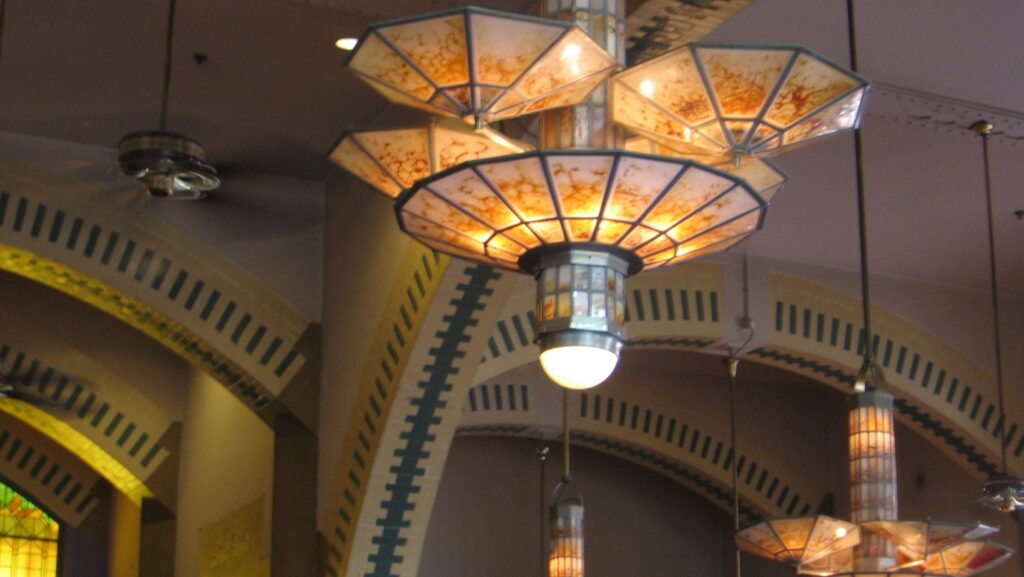
It might be challenging to choose the best interior design style for your project since there are so many tempting options. You can mix and match elements from different trends in order to add a personal touch and make the space more unique.
The ability to recognize and appreciate various interior design styles may help you uncover ideas for your future home and serve as a basis for creating your own unique aesthetic. With this guide and your imagination, only the sky is the limit. Get creative!

